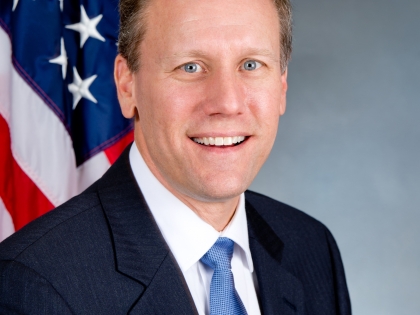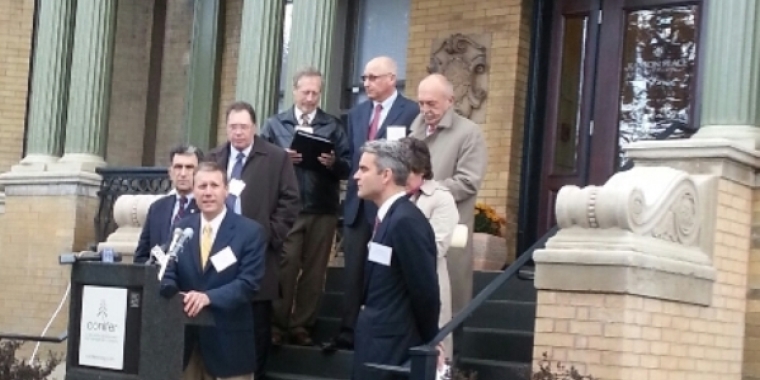
Revitalizing Upstate Begins on Main Street
David J. Valesky
July 31, 2009
-
ISSUE:
- Economic Development
- Housing
For too long, Upstate New Yorkers have watched as our plants closed, our children moved away and our Main Streets emptied. We were all again disheartened to see recently that Forbes magazine listed Syracuse as one of the cities in distress, citing in part shrinking population within the city. To change this, we have to stop and reverse the population loss and economic trends that have driven people and businesses from our city and village centers.
Today, there is renewed reason for hope. Earlier this week, Governor Paterson signed into law a bill I sponsored in the Senate that has the potential to spur economic development in our Upstate cities and villages, to reignite economic activity on our Main Streets, and to bring people and businesses back to our communities. The state’s new Historic Rehabilitation Tax Credit will give incentives for the reuse of our large stock of historic properties across the region. Now, developers who may have looked elsewhere due to lack of financing will have new motivation to invest in Upstate New York.
Similar programs have been effective economic development tools in other states, most notably Rhode Island, and will make Upstate projects more attractive to redevelopers. And these new projects, in addition to improving our Main Streets, have the potential create a ripple effect in our regional economy.
This new law is one of several creative ideas I have been promoting to finally reverse the population loss and economic trends that have plagued Upstate New York for the past few decades. Because, to change the direction of Upstate, we need to refocus our goals and rethink our economic development strategy.
My strategy for real economic development and revitalization in Upstate New York is threefold. First, we must refocus on building our cities and villages to make them economic engines again. Second, we must retool existing and underused manufacturing facilities and re-train our skilled workforce for the jobs of the new economy. And, third, we must promote businesses and industries that can and will thrive in Upstate New York, including specialty manufacturing, high-tech, defense and medical technology, green technology, financial services and food processing.
In the 2009-10 legislative session, I sponsored several pieces of legislation to achieve these three goals, with the Historic Rehabilitation Tax Credit being the first to become law.
I also sponsored a bill that passed the Senate and Assembly to strengthen the successful Main Street program, which provides technical and financial assistance for bricks-and-mortar projects in urban, suburban and rural downtowns. The program has already invested $48 million dollars in 130-plus communities across New York, including projects right here.
The renewed Main Street legislation increases the maximum award given for projects, to take into consideration increasing construction and renovation costs. It also expands the program to make more local municipalities eligible for consideration.
The development these two programs alone will promote has the potential to drastically change the economic underpinnings of cities and villages in our region, and thus the entire Upstate economy, reversing the population loss and encouraging smarter growth patterns that will decrease the strain on property taxpayers.
In the coming weeks I plan to share more details about bills I have sponsored that support this economic development strategy. And I am hopeful that as these steps are taken, we begin to see signs that we have finally ended the decades-long trends, and we again see businesses growing here, young people staying here, and Main Streets thriving here.
Share this Article or Press Release
Newsroom
Go to NewsroomNY Senate to Convene Cybersecurity Hearing in Rome
November 18, 2013
Coat and Blanket Drive to Benefit Refugees
November 1, 2013
